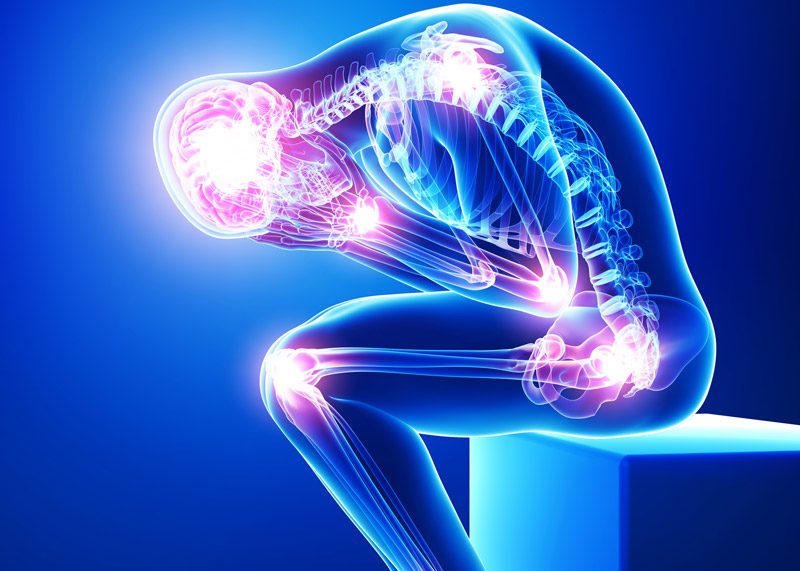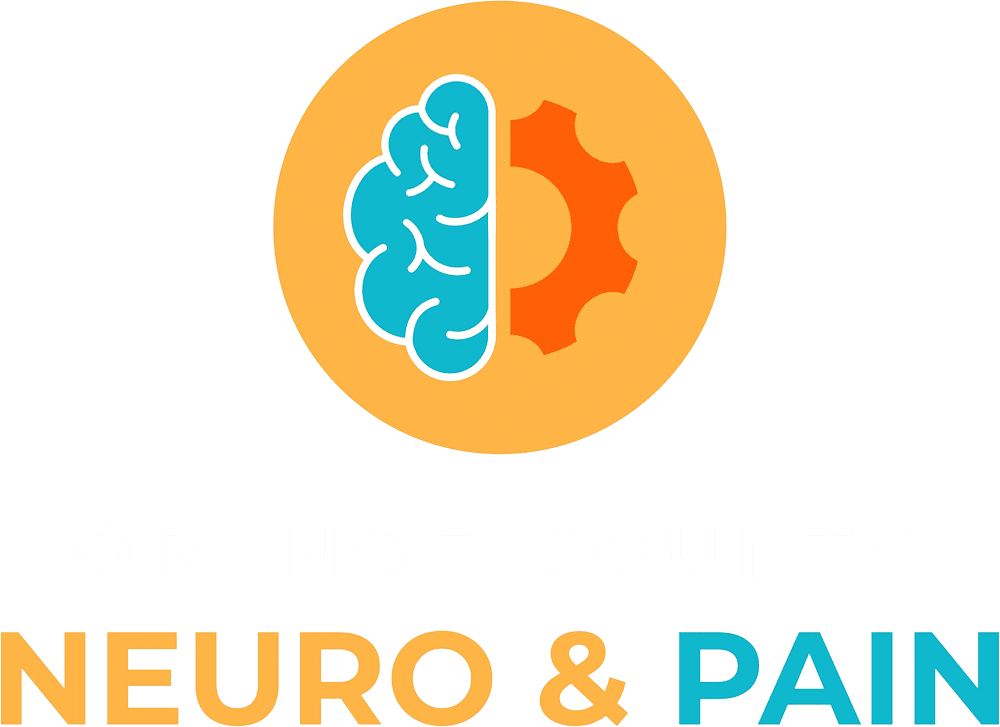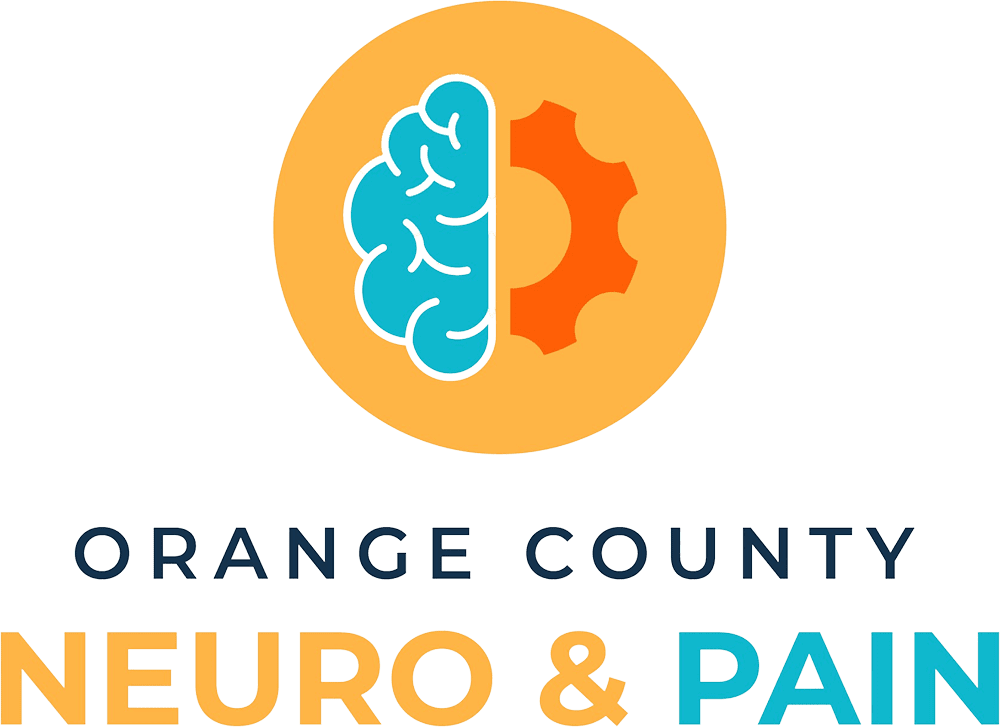

Central pain syndrome (CPS) is a neurological disorder that is caused by damage or malfunction of the central nervous system, which includes the brain, brain stem, and spinal cord.
CPS can be caused by a variety of conditions that affect the central nervous system, including stroke, multiple sclerosis, brain tumors, traumatic brain injury, and spinal cord injury. Additional causes include epilepsy, aneurysm, Parkinson’s disease, brain hemorrhage, Parkinson’s disease, and surgical procedure involving the brain or spine. In some cases, CPS can also occur spontaneously, without any underlying cause.
Signs of Central Pain
The symptoms of CPS can vary from person to person, but they often include severe and persistent pain that is described as burning, stabbing, or shooting. This pain can be constant or intermittent and may be accompanied by other sensory disturbances, such as tingling or numbness. The pain associated with CPS can be disabling and can significantly impact a person’s quality of life.

Pain can be worsened by the following factors:
- Stress
- Anger
- Other strong emotions
- Touch
- Movement, such as exercise
- Reflexive, involuntary movements, such as yawning or sneezing
- Loud noises
- Bright lights
- Wind
- Rain
- Sun exposure
Changes in barometric pressure, altitude, and temperature can also exacerbate symptoms of pain.
Diagnosing & Treating Central Pain
Diagnosing CPS can be challenging because the symptoms can be similar to those of other neurological conditions. A thorough medical history and physical examination, as well as imaging tests and other diagnostic procedures, may be necessary to confirm a diagnosis of CPS.
Ketamine Infusion Therapy For Central Pain
Recent research has shown that ketamine therapy may be a promising treatment option for CPS.
Ketamine is a powerful anesthetic drug that has been used for decades to induce anesthesia and treat depression. Recently, it has gained attention as a potential treatment for chronic pain, including CPS. The drug works by blocking the action of a specific type of receptor in the brain known as the N-methyl-D-aspartate (NMDA) receptor. This receptor is involved in the transmission of pain signals in the brain, and blocking it can reduce pain perception. The glutamate also helps the brain form new connections and repair damaged ones, allowing individuals to form more positive thoughts and develop healthy behaviors. Though ketamine may provide pain relief, it isn’t recognized as the cure for CPS.
Intravenous ketamine infusions can help significantly reduce pain in patients with CPS and also provide significant pain relief in patients with post-stroke pain syndrome, a type of CPS.
Ketamine therapy for CPS typically involves a series of intravenous infusions over a period of several weeks. The treatment is administered in a clinical setting under the supervision of a healthcare provider. Patients may experience side effects such as dizziness, nausea, double vision, drowsiness, and confusion during the infusion, but these typically resolve quickly after the treatment.
Overall, ketamine therapy shows promise as a treatment option for CPS. Patients considering ketamine therapy for CPS should discuss the potential risks and benefits with their healthcare provider and carefully weigh the options before making a decision.

